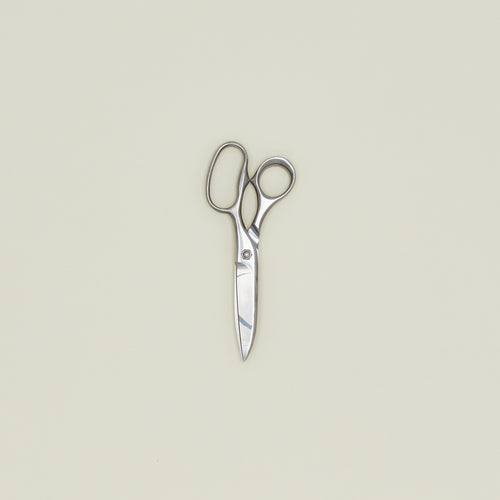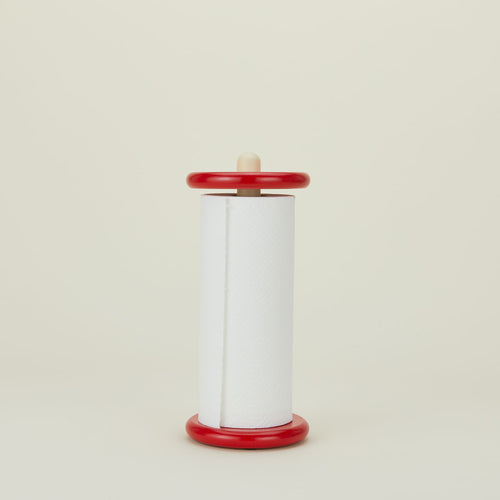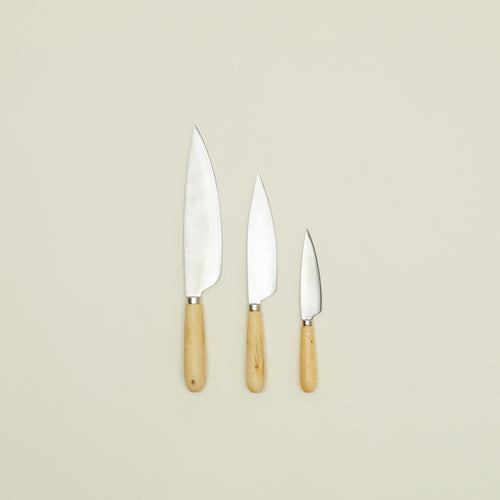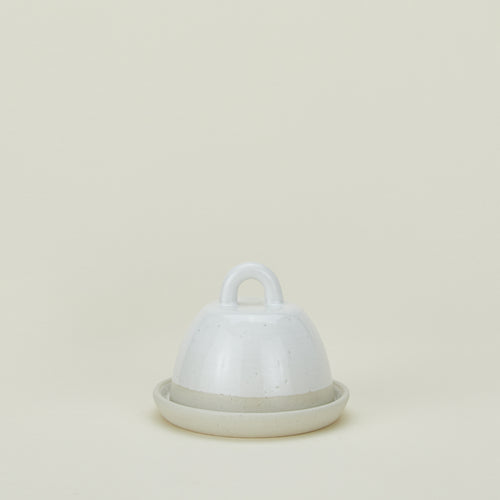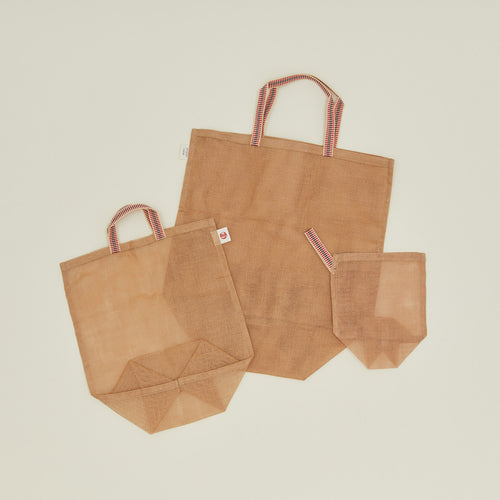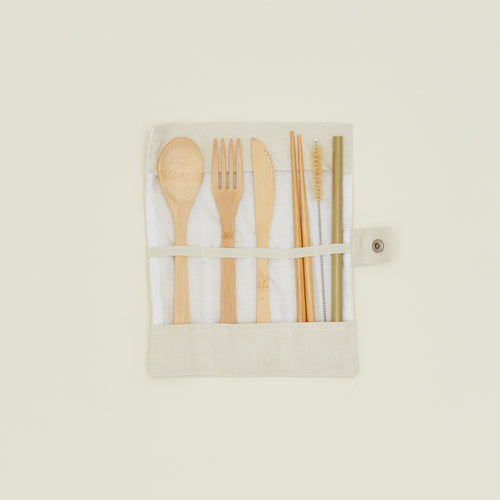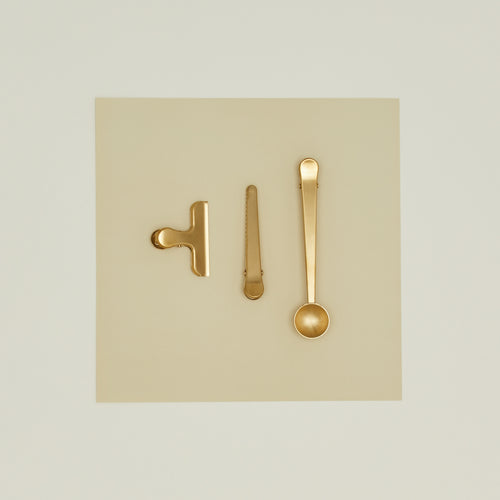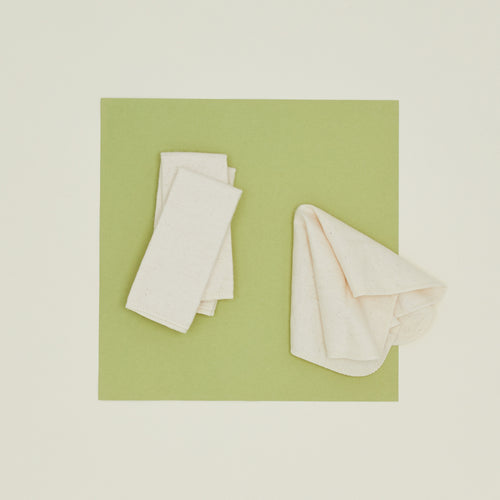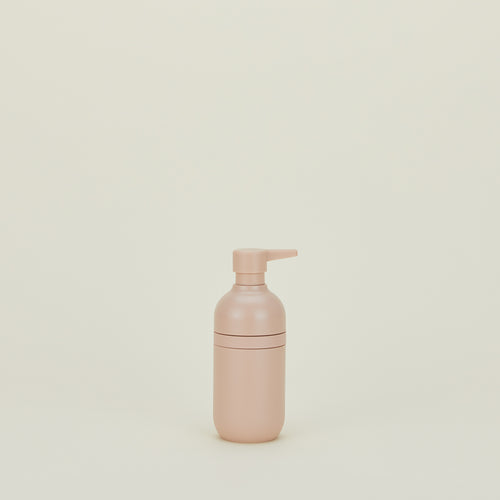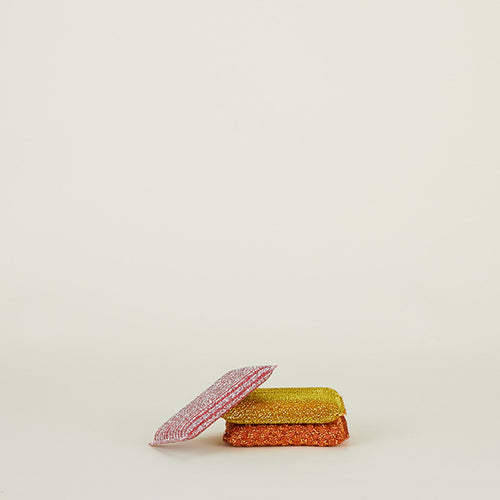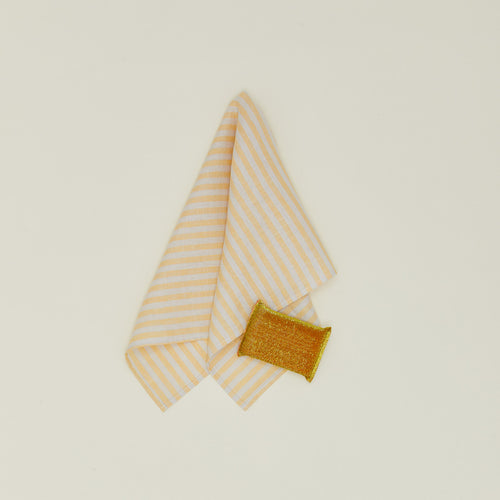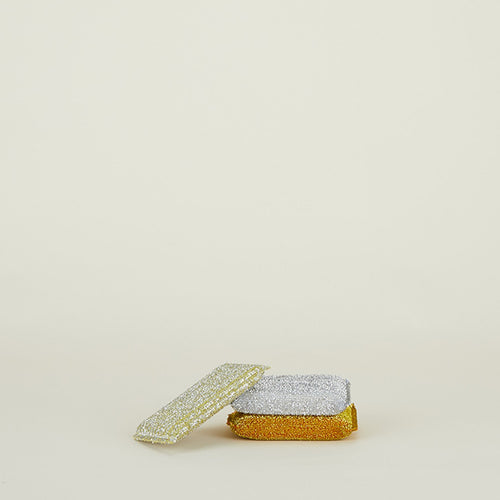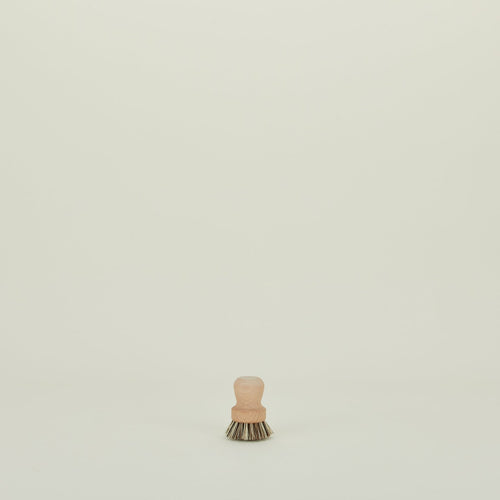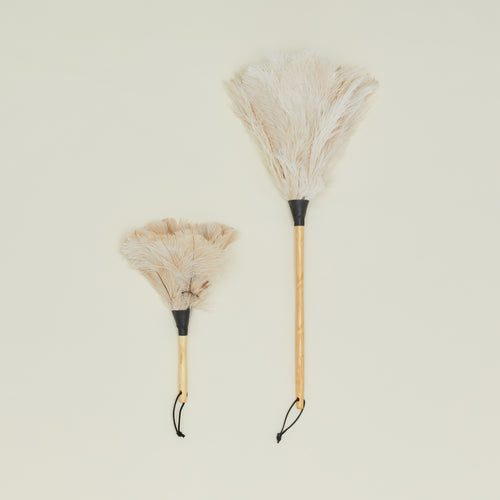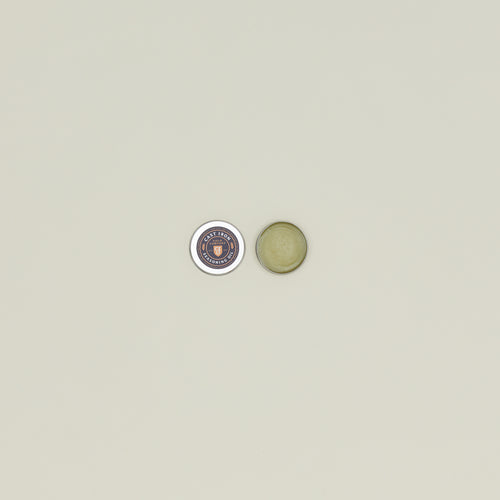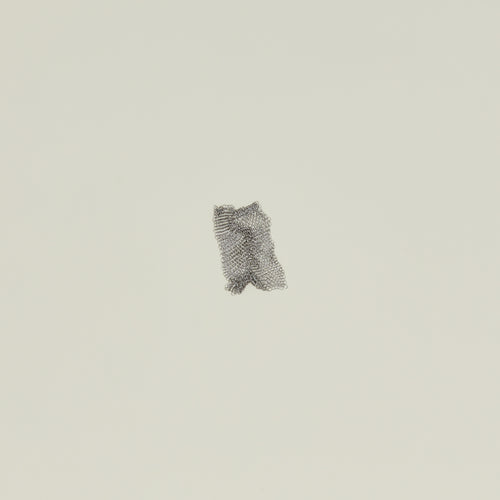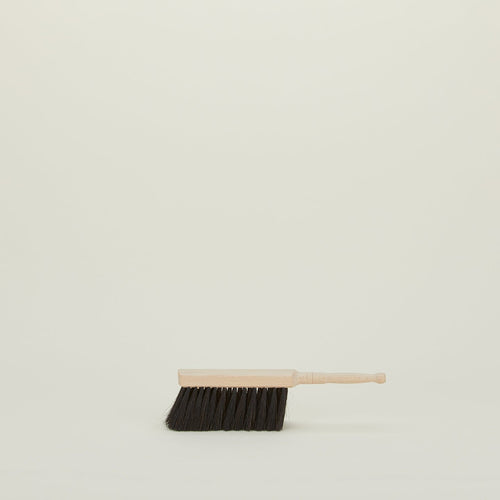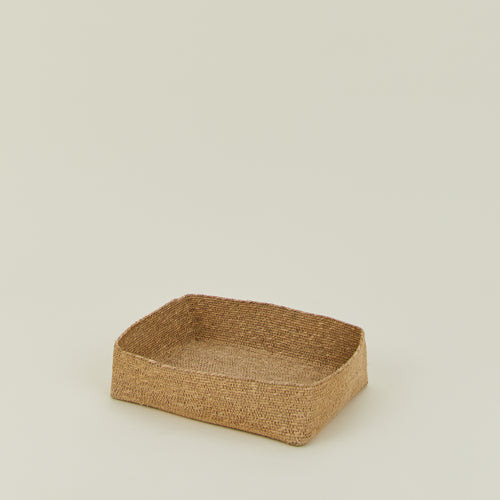Kate Kilmurray’s weavings are more than textiles—they’re tactile meditations, inviting us to pause, reflect, and reconnect. Based in California, Kate’s work is a celebration of intention and presence, rooted in ancient craft and brought to life through a deeply modern lens. Her handwoven pieces, rich with texture and quiet beauty, reflect a reverence for tradition and a spirit of personal expression. For Kate, weaving is more than an art form—it’s a meditative practice, a community-builder, and a lifelong journey of exploration.
We caught up with Kate to talk about what first drew her to the loom, how she finds harmony between heritage and innovation, and why a “mistake” might just be the best thing that ever happened to a piece.

What drew you to weaving, and what keeps you inspired to create?
What drew me to weaving is the love of using my hands to make something simple, beautiful, and useful. There’s a deep satisfaction in working with fibers, feeling their texture, and seeing a piece come to life row by row. For me, handweaving is a form of embodied meditation. Making beautiful handwoven textiles helps me to tap into my inner stillness and creativity, and I teach others to do the same via my workshops; to slow down, engage the rhythms of the body, and access a state of wholeness and flow.
What keeps me inspired to weave is knowing that the possibilities are endless. By slowing down and turning inward, creativity emerges in a way that makes me feel most alive. Learning to hand-dye my own loops has deepened my connection with the fibers and opened up a whole new world of exploration. The process of working with color, texture, and technique keeps me engaged, always discovering something new.

Weaving has such a rich history spanning cultures and centuries. How do you balance tradition with your own creative voice?
I see weaving as a bridge between tradition and personal expression. The rich history of weaving, spanning cultures and centuries, is a constant source of inspiration, reminding me that I’m part of something much larger than myself. I honor traditional techniques by learning and respecting the methods that have been passed down, but I also allow my own creativity to shape how I interpret them.
Balancing tradition with a modern voice comes naturally through exploration—whether it’s by experimenting with color through hand-dyeing, playing with unconventional materials, or designing pieces that reflect my own aesthetic. By slowing down and listening to the fibers, I find ways to weave history into the present while making something that feels personal, alive, and new.
If you could sum up your creative vision for your pieces, in a few words, what would they be?
Simple, timeless, and evolving.

You mention that weaving is a practice in community. Could you share more about Weaving Way?
Weaving is also a significant part of how and why I connect with people day-to-day through modern technology. During the pandemic, I created the Weaving Way Community, a free-to-join group which meets once a month via Zoom to allow handweaving practitioners from all over the world to come together, share stories and expand their knowledge. A wonderful success, the Community now has hundreds of members, and it is truly uplifting to see the projects, collaborations and innovations which are made through people connecting online via our monthly talks program.

Could you walk us through your creative process, from concept to finished piece?
My creative process is a balance of intention and intuition, beginning with a spark of inspiration—sometimes from nature, a color combination, or even the texture of a fiber in my hands. From there, I consider what is the feeling I want to convey with the piece. Will I dye my own loops to create custom hues, or let the natural tones of the fiber speak for themselves?
If I’m dyeing, that step deepens my connection to the piece. The unpredictability of hand-dyeing adds an element of surprise, and I embrace those subtle variations. Once my materials are ready, the weaving itself becomes a meditative process. I find a rhythm in the movement, letting the piece evolve as I work.
Even with a plan, I leave room for spontaneity—allowing the fibers to guide me, adjusting colors or patterns as needed. When the weaving is complete, I take a step back, appreciating how each piece carries its own story, shaped by both tradition and personal expression.

The patterns of your pieces feel familiar and fresh all at once. What role does experimentation play in your work, and have there been any happy accidents along the way?
That balance between familiar and fresh is something I’m always striving for. Experimentation plays a huge role in my process—it’s how I keep things exciting and continue to grow as a weaver. I love exploring new color combinations, tweaking traditional patterns, and playing with texture to see how small changes can transform a piece.
Some of my favorite discoveries have come from happy accidents. A dye bath that didn’t turn out as expected might lead to an unexpected but beautiful shade. A “mistake” in the weave structure might reveal a new pattern I hadn’t planned but end up loving. These moments remind me to stay open, embrace the process, and trust that sometimes the best ideas come from letting go of control.

What’s one piece of advice you’d give to someone just starting out in handweaving?
Be patient and embrace the process. Weaving takes time to learn, and mistakes are just part of the journey. Start with simple projects, focus on mastering the fundamentals, and don’t be afraid to experiment. The more you weave, the more you’ll develop your own rhythm and style. Most importantly, enjoy the tactile, meditative nature of the craft—it’s just as much about the experience as the finished piece.
You can also learn so much from your fellow weavers in the wonderful community which exists online. Joining my Weaving Way Community is completely free and you can also read about the weaving journeys of ten fiber artists in my book The Weaving Way – A Journey of a Handweaving Community.
Last but not least, are there any projects on the horizon that you’re excited to share?
Yes! I’m always exploring new ideas, but right now, I’m especially excited about incorporating more hand-dyed fibers into my work. Experimenting with natural dyes has opened up so many creative possibilities, and I’m eager to see how different color variations and dye techniques translate into my work.
I’m also working on a series that blends traditional patterns with unexpected color combinations—pushing the balance between heritage and modern design. There’s something really exciting about honoring the roots of weaving while finding ways to make it feel fresh and personal.

